Home>Garden Essentials>Outdoor Play Area Should Have How Many Square Feet Per Child
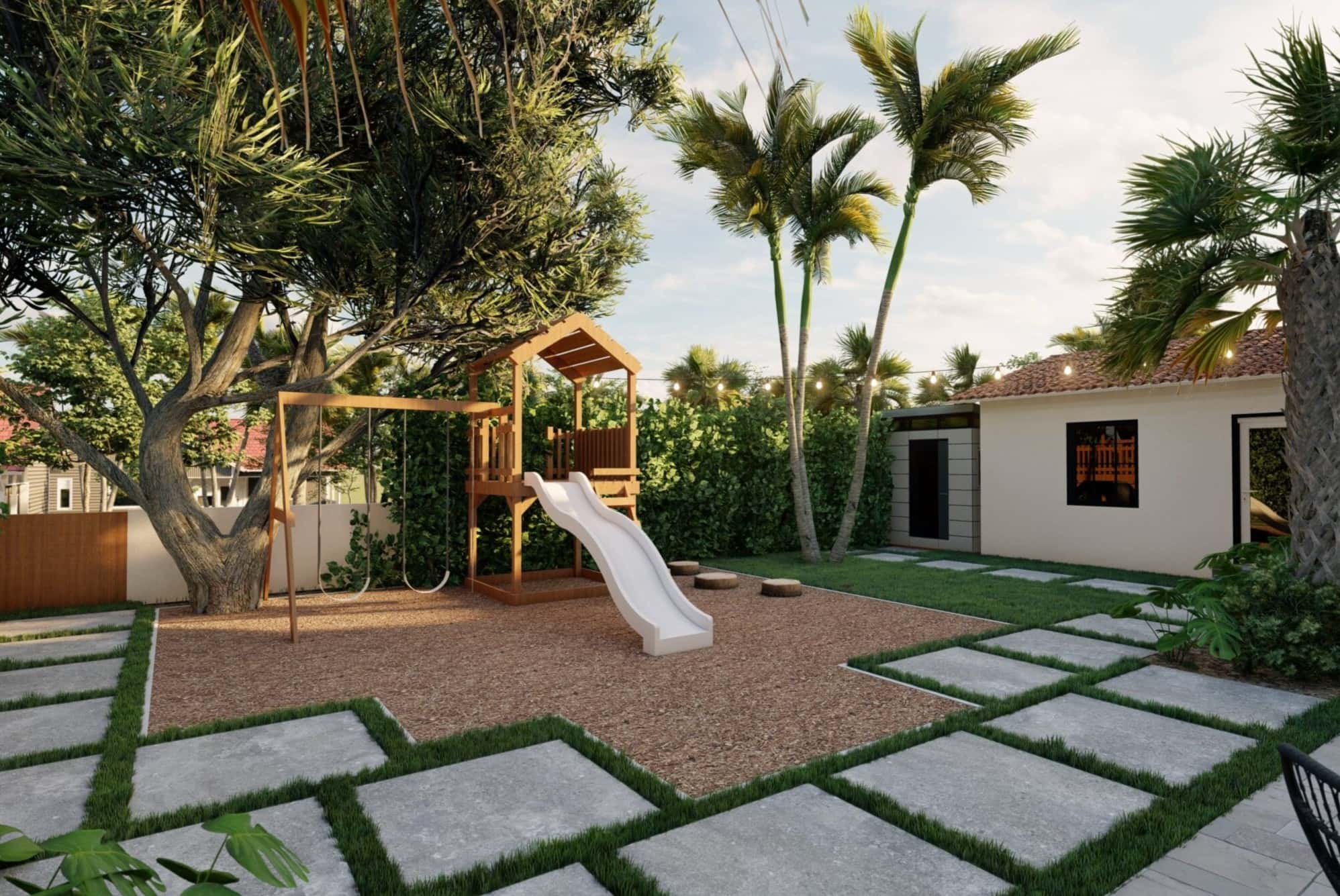

Garden Essentials
Outdoor Play Area Should Have How Many Square Feet Per Child
Modified: March 7, 2024
Ensure a spacious outdoor play area for children in your garden. Discover the ideal square footage per child for a fun and safe environment.
(Many of the links in this article redirect to a specific reviewed product. Your purchase of these products through affiliate links helps to generate commission for Storables.com, at no extra cost. Learn more)
Introduction
Welcome to the wonderful world of outdoor play areas! Creating a space where children can explore, imagine, and connect with nature is essential for their development and well-being. One important aspect to consider when designing an outdoor play area is the amount of square footage per child. But how do you determine the right size?
In this article, we will explore the factors to consider when determining the size of outdoor play areas, guidelines for appropriate space allocation, age considerations, recommended square footage per child for different age groups, the importance of sufficient outdoor play areas, the benefits of providing adequate space, potential challenges in designing outdoor play areas, and tips for optimizing the design of outdoor play areas.
So, whether you are a parent, educator, or a landscape designer, buckle up and get ready to discover the secrets to creating an outdoor play area that will make children’s hearts flutter with excitement.
Key Takeaways:
- Providing ample space in outdoor play areas is crucial for children’s development, promoting physical fitness, imagination, and social skills while fostering a connection with nature.
- Designing optimal outdoor play areas involves overcoming challenges such as limited space and budget constraints, but prioritizing safety and involving children can lead to engaging and inclusive play environments.
Factors to Consider for Outdoor Play Areas
Designing an outdoor play area involves careful consideration of various factors to ensure a safe and engaging environment for children. Here are some important factors to keep in mind:
- Safety: Safety should always be the top priority when designing outdoor play areas. Evaluate potential hazards such as uneven terrain, sharp objects, or poisonous plants. Install appropriate safety measures like soft landing surfaces, sturdy playground equipment, and protective fencing.
- Accessibility: It’s crucial to ensure that the outdoor play area is accessible to all children, including those with disabilities. Consider pathways, ramps, and inclusive play equipment that can accommodate children with varying mobility levels.
- Play Opportunities: The play area should offer a wide range of play opportunities to cater to the different needs and interests of children. Include areas for active play, imaginative play, sensory play, and quiet spaces for relaxation and reflection.
- Natural Elements: Integrate natural elements to provide a rich sensory experience for children. Incorporate plants, trees, flowers, and natural materials like logs, rocks, and sand. Encourage children to interact with nature, fostering a deeper connection with the environment.
- Shade and Shelter: Provide ample shade and shelter to protect children from the sun, rain, or extreme weather conditions. Use structures like pergolas, gazebos, or large trees to create shaded areas, and consider installing weather-resistant materials for playground equipment.
- Boundaries and Supervision: Establish clear boundaries to ensure children’s safety and manageable supervision. Clearly define the perimeter of the play area and consider sightlines for adult supervision. Install secure fencing and gating systems to prevent unauthorized access.
- Age Appropriateness: Tailor the play area to suit the age group of the children who will be using it. Consider the developmental milestones and play needs of different age groups, ensuring the equipment and activities provided are suitable for their abilities.
- Maintenance: Plan for regular maintenance and upkeep of the outdoor play area. Ensure proper drainage, regularly inspect the play equipment for any damages, and keep the area clean and free from debris. Involve the community in maintaining and beautifying the space.
By considering these factors, you can create a well-designed outdoor play area that provides a safe, inclusive, and engaging space for children to learn, grow, and have fun. Now that we have the important factors in mind, let’s dive into the guidelines for determining the ideal size of an outdoor play area.
Guidelines for Outdoor Play Area Size
When determining the size of an outdoor play area, it is essential to consider the number of children who will be using the space and their age group. The goal is to provide enough room for children to move, explore, and engage in various activities without feeling cramped or overcrowded. Here are some general guidelines to help you determine the ideal size:
- Minimum Space per Child: The recommended minimum space per child is at least 75 square feet. This calculation takes into account that each child should have enough room to play freely and engage in different activities without interference from other children.
- Total Space Required: To calculate the total space required, multiply the number of children by the minimum space per child. For example, if you have 20 children, you would need a minimum of 1,500 square feet (20 children x 75 square feet).
- Consider Overcrowding: While the minimum space per child is a good starting point, it’s important to consider the potential for overcrowding during peak usage times. Adding extra square footage to accommodate more children can help prevent overcrowding and ensure a comfortable play experience for everyone.
- Varying Activity Areas: Divide the outdoor play area into different activity zones to cater to the diverse play needs of children. Include areas for active play, such as running and climbing, as well as quieter spaces for imaginative play or sensory activities. This division helps optimize the use of available space and prevents congestion in any single area.
- Flexibility for Expansion: Anticipate future needs and plan for potential expansion of the play area. Consider the availability of additional land or the possibility of reconfiguring existing space to accommodate growth or changes in the number of children using the area.
- Regulations and Standards: Familiarize yourself with local regulations, codes, or standards that may dictate the minimum requirements for outdoor play areas. Check with your local government or consult relevant safety guidelines and industry standards for specific size recommendations.
Remember, these guidelines serve as a starting point, and you should adapt them based on the unique requirements and circumstances of your outdoor play area. By ensuring sufficient space and following these guidelines, you can create a play area that promotes safety, encourages exploration, and empowers children to engage in meaningful outdoor play. Next, let’s delve into age considerations for outdoor play areas.
Age Considerations for Outdoor Play Areas
When designing an outdoor play area, it’s crucial to consider the specific age group of the children who will be using the space. Different age groups have varying developmental needs, abilities, and interests, which should be taken into account to create an age-appropriate and engaging environment. Let’s explore the age considerations for outdoor play areas:
- Infants and Toddlers: For infants and toddlers up to 2 years old, the play area should focus on sensory experiences and gross motor development. Include soft, padded areas for crawling, safe climbing structures, and interactive panels that stimulate their senses. Provide ample shaded areas for caregivers to supervise and ensure safety at all times.
- Preschoolers: Play areas for preschoolers, typically aged 2 to 5 years old, should encourage imaginative play, social interaction, and the development of fine and gross motor skills. Include age-appropriate equipment like swings, slides, sandboxes, and climbing structures. Consider play panels that promote early learning concepts such as numbers, letters, and colors.
- Elementary School Children: Outdoor play areas for children aged 6 to 12 years old should provide challenges, opportunities for cooperative play, and the chance to explore their physical abilities. Incorporate larger climbing structures, balance beams, sports courts, and open spaces for running and playing games. Consider adding nature elements like trails, gardens, or outdoor classrooms for hands-on learning experiences.
- Tweens and Teens: Play areas for tweens and teens, typically aged 13 and older, should provide spaces for socializing, active play, and relaxation. Consider providing seating areas, shaded spots for conversation, sports courts for team games, and fitness equipment. Allow these older children to have some degree of autonomy and self-expression in the design and use of the outdoor play area.
It’s important to note that these age ranges and considerations are general guidelines, and every child is unique with individual abilities and interests. Ensure that the play area offers a range of activities that cater to different developmental levels within each age group. Additionally, provide clear signage indicating the intended age range for safety purposes.
By considering the age-specific needs and interests of children, you can create play areas that promote their physical, cognitive, and social development. Now that we have explored age considerations, let’s dig deeper into the recommended square footage per child for different age groups.
Recommended Square Feet per Child for Different Age Groups
When determining the ideal square footage per child for outdoor play areas, it is essential to consider their age and developmental needs. Here are some recommended guidelines for square footage per child based on different age groups:
- Infants and Toddlers: For infants and toddlers up to 2 years old, it is recommended to allocate a minimum of 100 square feet per child. This allows for ample space for crawling, exploring, and sensory experiences.
- Preschoolers: For children aged 2 to 5 years old, the recommended square footage per child is 75 to 100 square feet. This provides enough room for active play, running, and engaging in imaginative activities.
- Elementary School Children: Children between the ages of 6 and 12 years old typically require a minimum of 50 to 75 square feet per child. This allows for larger play equipment, group activities, and games that promote social interaction.
- Tweens and Teens: For older children aged 13 and above, a minimum of 30 to 50 square feet per child should be provided. This allows for more open spaces, sports areas, and seating where they can socialize and engage in physical activities.
It is important to note that these recommendations are general guidelines and can be adjusted based on specific circumstances and the types of activities provided. Factors such as the availability of additional equipment, the layout of the play area, and the overall design can also influence the appropriate square footage per child.
Remember that the goal is to provide enough space for children to move freely, engage in various activities, and ensure their safety while avoiding overcrowding or congestion. By following these recommended guidelines, you can create outdoor play areas that are enjoyable, developmentally appropriate, and promote active engagement for children of different age groups.
Now that we understand the recommended square footage per child, let’s explore the importance of sufficient outdoor play area in promoting children’s growth and well-being.
Aim for at least 75 square feet per child in an outdoor play area to allow for safe and enjoyable play. This will provide enough space for activities and reduce the risk of accidents.
Importance of Sufficient Outdoor Play Area
Having a sufficient outdoor play area is vital for the overall development and well-being of children. Here are some key reasons why providing ample space for outdoor play is important:
- Physical Development: Outdoor play areas encourage children to engage in physical activities like running, jumping, climbing, and balancing. These activities promote the development of gross motor skills, strength, coordination, and spatial awareness.
- Mental Stimulation: Outdoor play stimulates children’s senses and ignites their imagination. Being surrounded by nature and engaging in free play activities helps boost creativity, problem-solving skills, and cognitive development.
- Social Interaction: Having enough space for outdoor play allows children to interact and socialize with their peers. They learn important social skills such as communication, cooperation, negotiation, and conflict resolution while engaging in games and pretend play.
- Emotional Well-being: Being outdoors and having the freedom to play and explore fosters a positive emotional state in children. It reduces stress, anxiety, and promotes a sense of happiness, fulfillment, and overall well-being.
- Connection with Nature: Spending time in outdoor play areas exposes children to the wonders of the natural world. They develop an appreciation for nature, learn about plants, insects, animals, and gain a sense of environmental responsibility.
- Health and Fitness: Outdoor play contributes to physical fitness by encouraging children to be active and adopt a healthy lifestyle. It helps to reduce the risk of obesity, improves cardiovascular health, enhances muscle strength, and promotes overall physical well-being.
- Learning Opportunities: Outdoor play areas provide endless learning opportunities. Children explore science concepts through nature observation, develop fine motor skills through sensory play, and enhance language and literacy skills through imaginative play and storytelling.
- Creativity and Imagination: Outdoor play encourages children to use their imaginations and be creative. The freedom to build, design, invent, and role-play in a natural environment stimulates their creativity and nurtures their problem-solving abilities.
By providing sufficient outdoor play areas, we empower children to develop holistically, engaging their minds, bodies, and senses. It allows them to form connections with nature, build social skills, and nurture their emotional well-being. The benefits of outdoor play extend far beyond the immediate joy of fun and games, shaping children into well-rounded individuals.
However, designing outdoor play areas also presents its own set of challenges. Let’s explore some potential challenges and how to overcome them to create optimal outdoor play spaces.
Benefits of Providing Adequate Space for Outdoor Play
Providing adequate space for outdoor play is essential for the growth, development, and overall well-being of children. Here are some key benefits that come with offering ample space for children to engage in outdoor play:
- Physical Fitness: Ample space allows children to engage in active play, promoting physical fitness and healthy development. Running, jumping, climbing, and other physical activities improve strength, coordination, cardiovascular health, and overall physical well-being.
- Cognitive Development: Outdoor play stimulates cognitive development by providing opportunities for exploration, problem-solving, and creativity. Children can develop their cognitive skills through nature observation, imaginative play, and hands-on experiences in the outdoor environment.
- Imagination and Creativity: Adequate space nurtures children’s imagination and creativity. The freedom to run, pretend, build, and explore in a larger area allows for open-ended play, enabling children to invent stories, scenarios, and games.
- Social Skills: Outdoor play provides a natural setting for children to interact, socialize, and learn important social skills. Playing together in a larger space encourages cooperation, communication, negotiation, and conflict resolution among peers, fostering healthy relationships and social development.
- Emotional Well-being: Having enough space to play freely in the outdoors contributes to children’s emotional well-being. Outdoor play reduces stress, increases happiness levels, and provides a sense of freedom and joy, promoting positive mental health.
- Nature Connection: Ample outdoor space allows children to connect with the natural world. From observing plants and animals, to experiencing different weather conditions, children develop an appreciation for nature, fostering a sense of environmental responsibility and stewardship.
- Sensory Stimulation: Outdoor play engages children’s senses, providing a rich sensory experience. The sights, sounds, textures, and smells of the natural environment enhance sensory development, motor skills, and overall sensory integration.
- Self-Confidence: Having enough space to explore and engage in various activities builds children’s self-confidence. Overcoming physical challenges, trying new things, and experiencing success in their outdoor play boosts their self-esteem and sense of competence.
By providing adequate space for outdoor play, we create an environment that promotes physical, cognitive, social, and emotional development. Children can explore, learn, and grow in a natural setting that nurtures their overall well-being. So, let’s embrace the benefits of outdoor play areas and design spaces that allow children to thrive.
However, when designing outdoor play areas, there are potential challenges to consider. Let’s explore some common challenges and how to overcome them to create optimal outdoor play spaces.
Potential Challenges in Designing Outdoor Play Areas
Designing outdoor play areas comes with its fair share of challenges. It is important to anticipate and address these challenges to create safe, inclusive, and engaging spaces for children. Here are some common challenges you may encounter when designing outdoor play areas:
- Space Constraints: Limited available space can pose a challenge when designing an outdoor play area. It may require careful planning and creative solutions to make the most of the available area, maximizing its potential for play without compromising safety or overcrowding.
- Budget Limitations: Budgetary constraints can impact the scope and scale of the outdoor play area design. It may be necessary to prioritize essential elements and consider cost-effective materials, equipment, and landscaping options to ensure a quality play environment within the given budget.
- Accessibility: Creating an inclusive outdoor play area can be challenging when considering accessibility for children with disabilities. Ensure that the play area and equipment are designed to accommodate various physical abilities, and consider incorporating accessible pathways, ramps, and sensory play elements.
- Safety Guidelines: Adhering to safety guidelines and regulations is crucial for outdoor play area design. Consider age-appropriate equipment, appropriate fall surfaces, and adequate supervision areas. It is important to stay up-to-date with safety standards and local regulations to ensure the well-being of children using the play area.
- Maintenance Requirements: Outdoor play areas require regular maintenance to ensure safety and aesthetics. However, limited resources or lack of a maintenance plan can pose a challenge. Develop a maintenance plan that includes regular inspections, repairs, and cleaning to keep the play area safe, clean, and appealing.
- Environmental Factors: The surrounding environment, such as extreme weather conditions, noise pollution, or natural hazards, can present challenges in designing outdoor play areas. Consider using appropriate materials, creating shaded areas, and incorporating natural barriers to mitigate these factors and ensure an enjoyable environment for children.
- Community Engagement: Involving the community in the design process and garnering their support can be challenging. Seek input from parents, educators, and community leaders to gather valuable insights and ensure that the play area meets the needs of all stakeholders.
- Longevity and Flexibility: Designing a play area that can withstand the test of time and accommodate future changes or expansions can be a challenge. Consider using durable materials, adaptable equipment, and flexible layout options to allow for future modifications as needed.
Overcoming these challenges requires careful planning, collaboration with stakeholders, and a thorough understanding of children’s needs and safety requirements. By addressing these challenges head-on, you can create outdoor play areas that provide an enriching, engaging, and safe space for children to grow, learn, and connect with nature.
Now that we are aware of the potential challenges, let’s explore some tips for optimizing the design of outdoor play areas.
Tips for Optimal Outdoor Play Area Design
Designing an optimal outdoor play area involves careful planning and consideration of various factors. Here are some tips to help you create a space that offers maximum engagement, safety, and enjoyment for children:
- Involve Children: Include children in the design process by seeking their input and feedback. This ensures that their needs and preferences are considered, resulting in a play area that they feel ownership and connection to.
- Design for All Ages and Abilities: Create a play area that is inclusive and caters to children of different ages and abilities. Incorporate elements and equipment that can be enjoyed by a wide range of children, including those with disabilities.
- Balance Structure and Nature: Integrate natural elements, such as plants, trees, and water features, alongside well-designed play structures. This combination allows for a balanced play experience that promotes both physical activity and a connection with the natural environment.
- Consider Safety: Prioritize safety in the design by selecting equipment and materials that meet safety standards. Ensure proper surfacing beneath play structures, eliminate potential hazards, and provide adequate supervision areas for caregivers or educators.
- Encourage Movement and Exploration: Create a layout that encourages children to move, explore, and discover. Incorporate pathways, mazes, and different play zones to stimulate curiosity and keep children engaged in physical activity.
- Promote Imaginative Play: Include spaces for imaginative play, such as playhouses, sandboxes, or nature exploration areas. These spaces allow children to engage in pretend play and encourage creativity and storytelling.
- Offer Variety of Activities: Provide a variety of play opportunities, including areas for climbing, swinging, sliding, balancing, and sensory experiences. Offering diverse activities caters to different interests and developmental needs.
- Maximize Use of Space: Utilize the available space efficiently by opting for multifunctional equipment and incorporating vertical elements. This allows for more play opportunities while maximizing the use of the overall play area.
- Consider Natural Shade and Seating: Incorporate natural shade from trees or strategically place shade structures to create comfortable areas for rest and escape from the sun. Provide seating areas for caregivers or educators, encouraging them to actively supervise and engage with children.
- Engage with the Community: Engage with parents, educators, and community members to gather input and support for the play area. Collaborate with local organizations or volunteers for maintenance and enhancement projects, fostering a sense of community ownership.
By following these tips, you can optimize the design of your outdoor play area to create a space that promotes exploration, physical activity, imagination, and social interaction. Remember, the ultimate goal is to create an environment where children can learn, grow, and thrive through play.
Now that we have explored various aspects of outdoor play area design, let’s conclude and recap the importance of providing sufficient space for children to enjoy the benefits of outdoor play.
Read more: How To Build A Child Play Area Fence
Conclusion
Designing outdoor play areas that provide sufficient space for children is vital for their development and well-being. By considering factors such as safety, accessibility, play opportunities, and age appropriateness, you can create an engaging and inclusive outdoor play environment.
Recommended square footage per child varies depending on their age group, ranging from 100 square feet for infants and toddlers to 30-50 square feet for tweens and teens. Following these guidelines ensures that children have ample room to explore, play, and interact with their surroundings.
The benefits of providing adequate space for outdoor play are numerous. Children who have access to spacious play areas can develop physically, stimulate their senses, enhance their social skills, foster a connection with nature, and promote their overall well-being. It is through outdoor play that children can cultivate creativity, imagination, and problem-solving skills, while improving their physical fitness and mental health.
Designing optimal outdoor play areas may present challenges such as limited space, budget constraints, or accessibility considerations. However, by involving children, prioritizing safety, incorporating natural elements, and planning for longevity and maintenance, you can overcome these challenges and create a play area that offers maximum enjoyment and engagement for children of all ages and abilities.
Remember, inclusive and well-designed outdoor play areas are not only spaces for fun and games. They are essential spaces where children can learn, grow, connect with nature, and develop essential life skills. So, let’s endeavor to create outdoor play areas that inspire, nurture, and bring joy to the lives of children.
Now, armed with the knowledge and understanding of the importance of outdoor play area design, it’s time to roll up our sleeves and create outdoor spaces that will leave lasting memories for children to cherish.
Frequently Asked Questions about Outdoor Play Area Should Have How Many Square Feet Per Child
Was this page helpful?
At Storables.com, we guarantee accurate and reliable information. Our content, validated by Expert Board Contributors, is crafted following stringent Editorial Policies. We're committed to providing you with well-researched, expert-backed insights for all your informational needs.
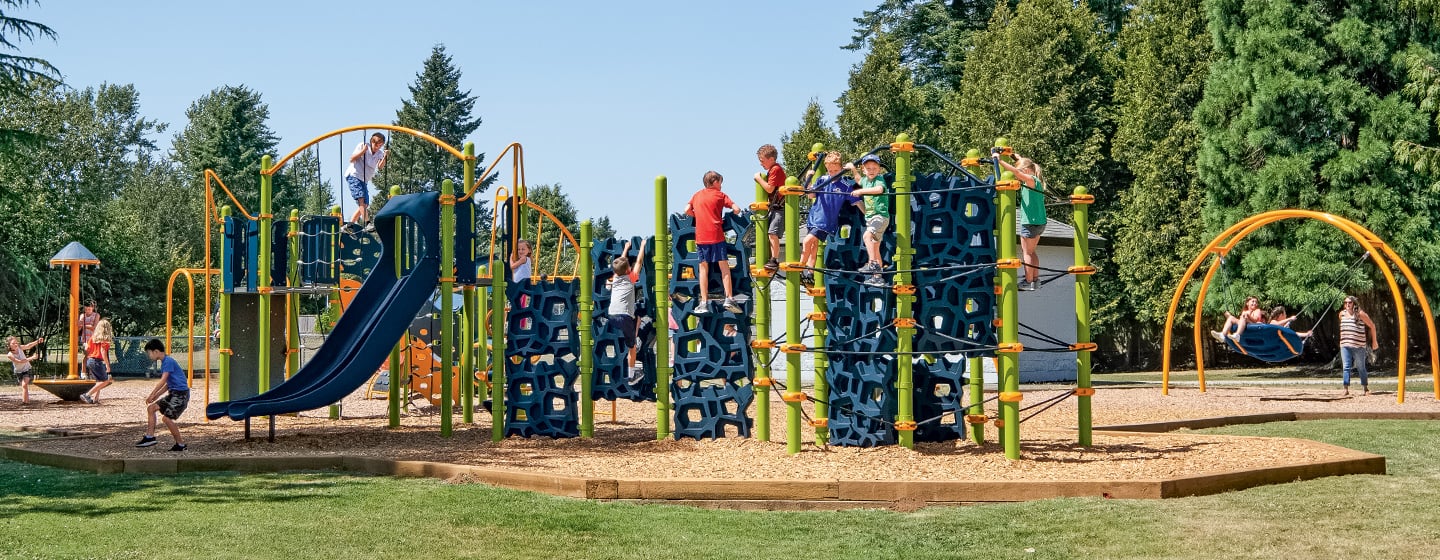
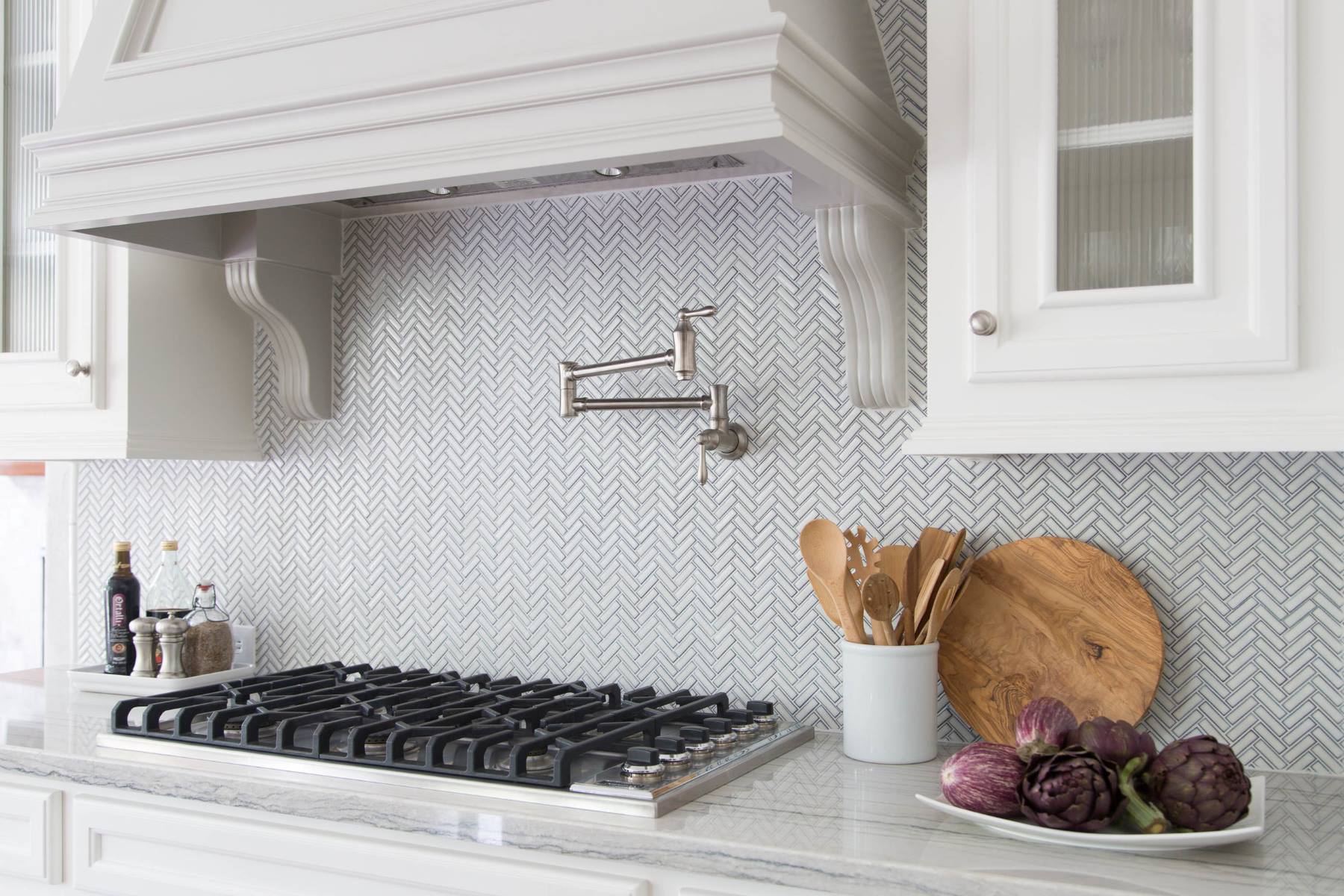
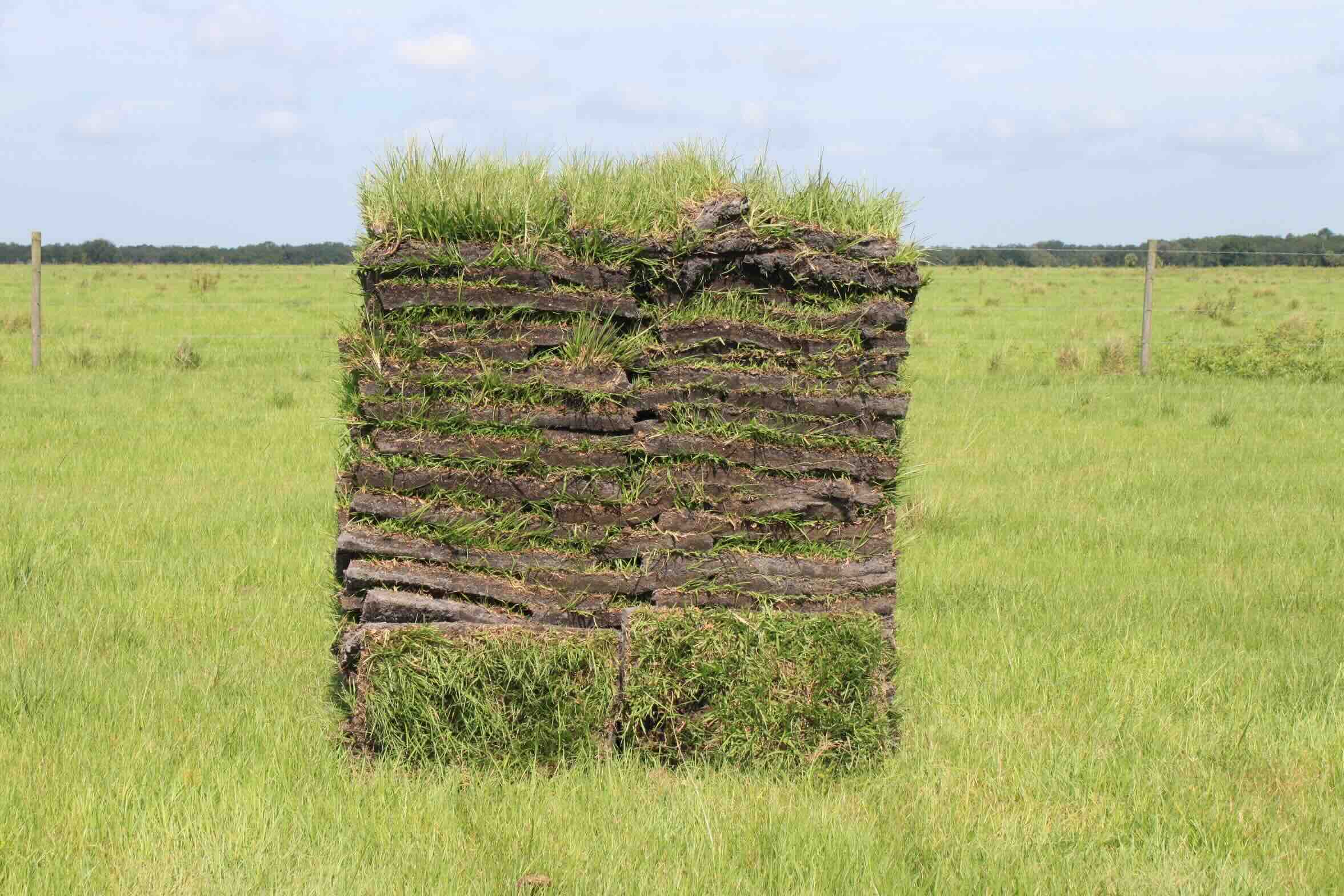
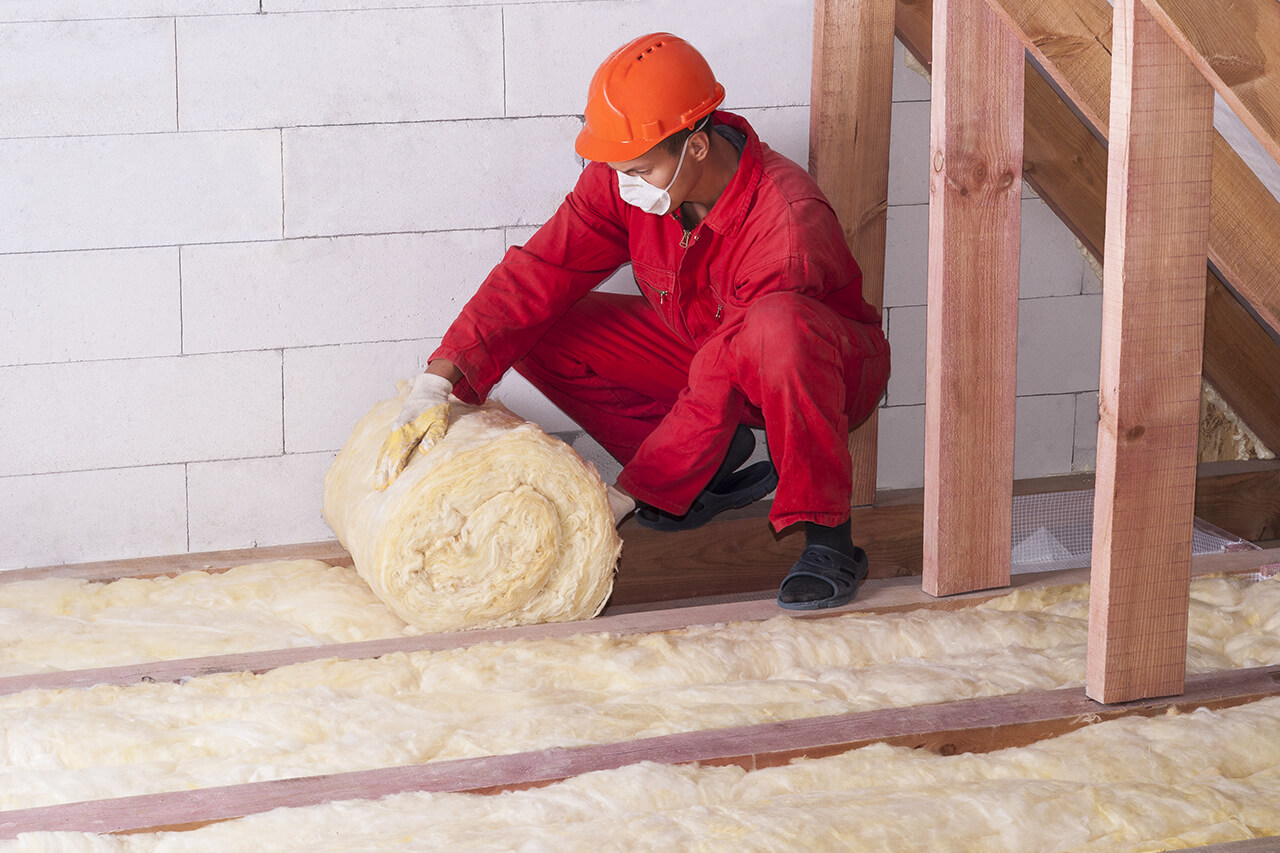


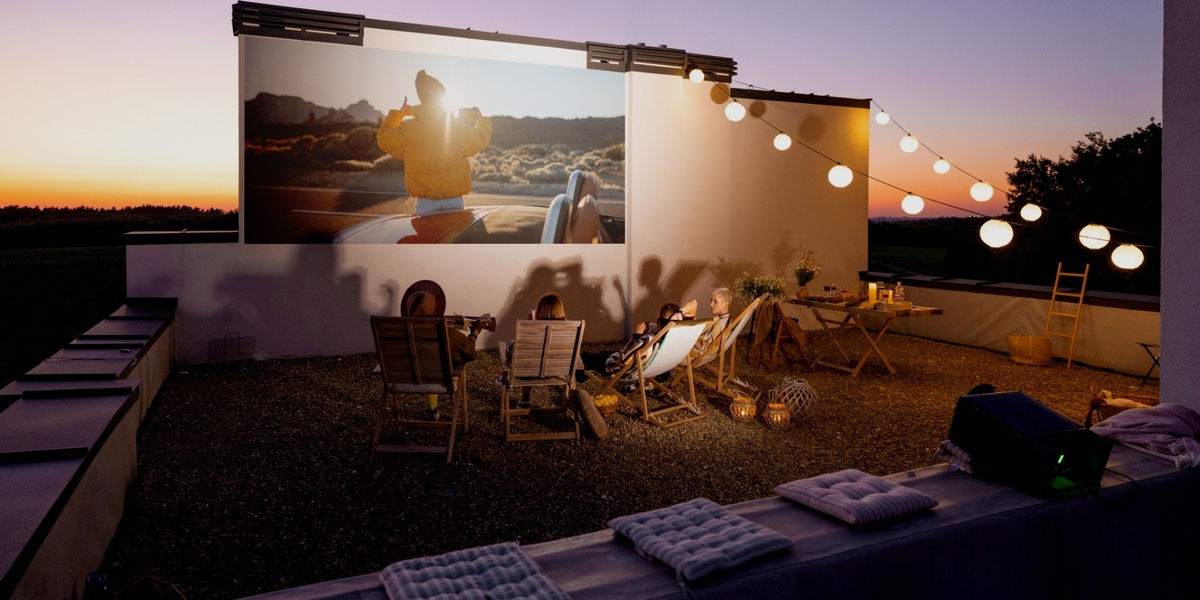
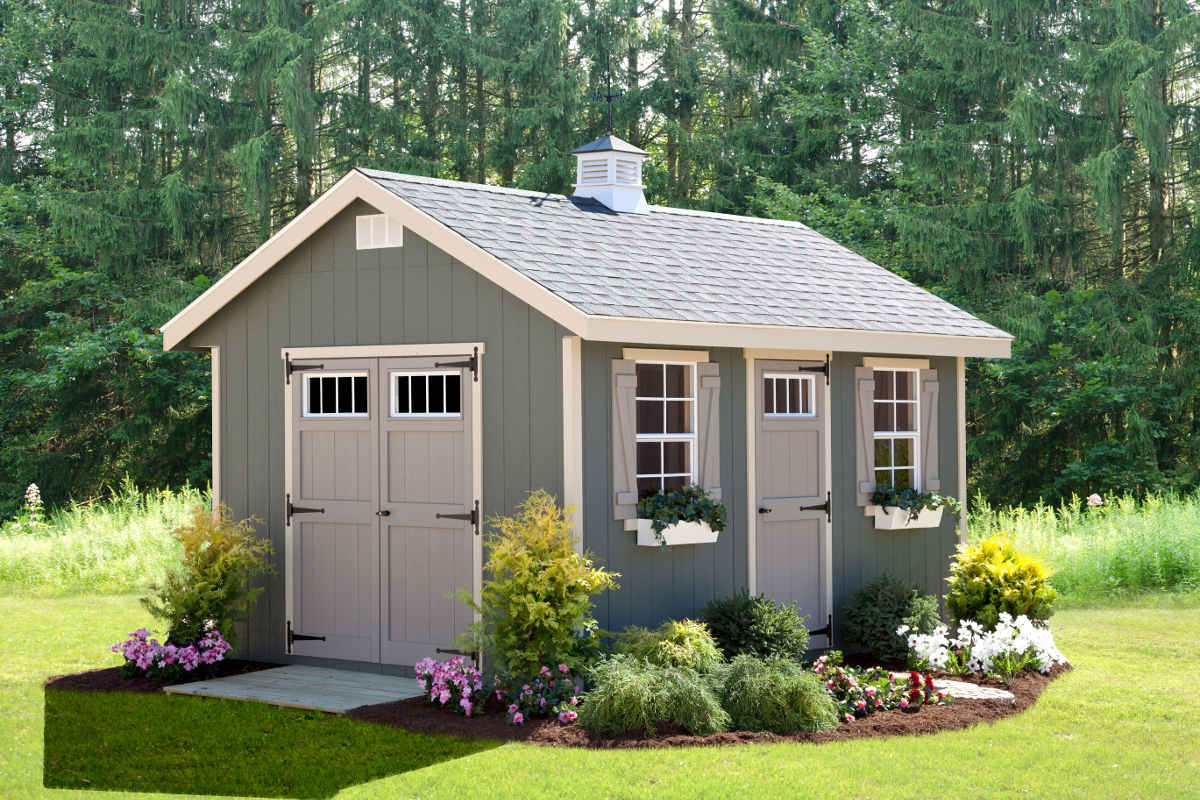
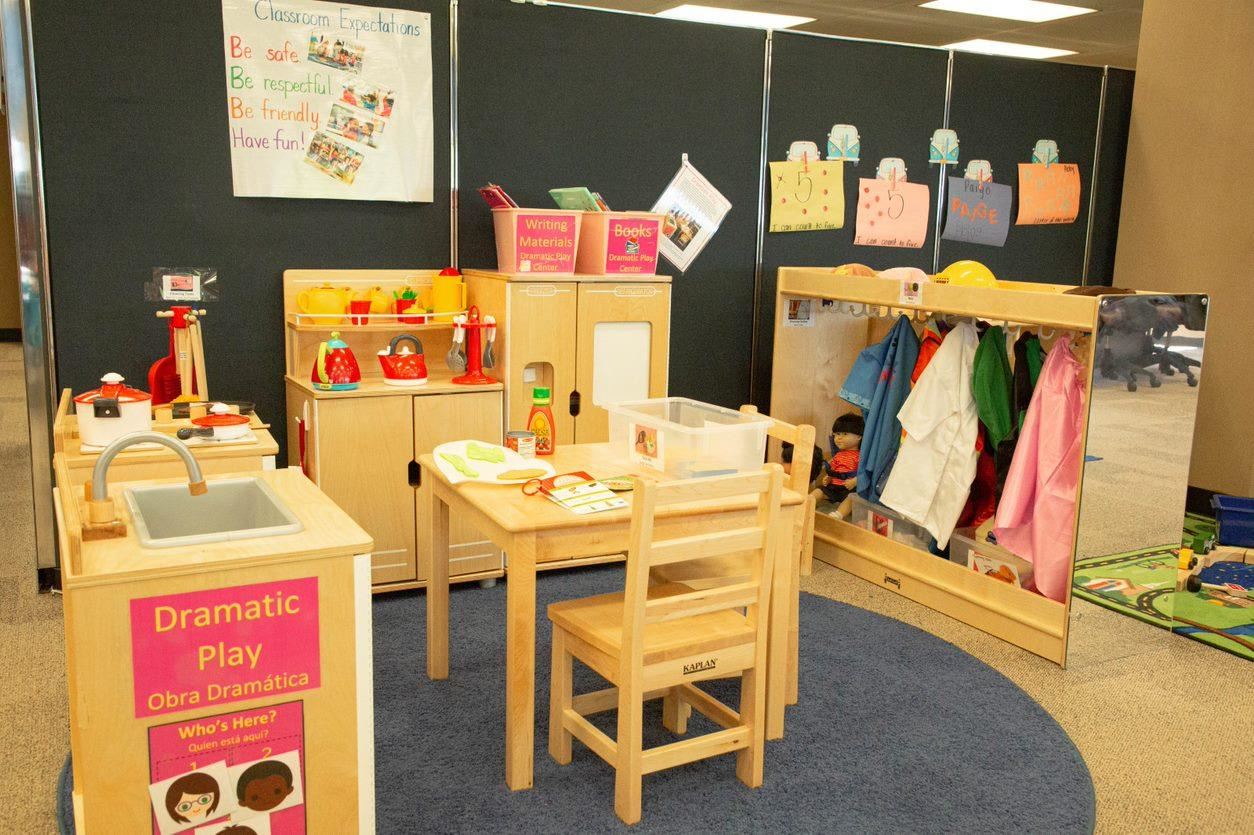
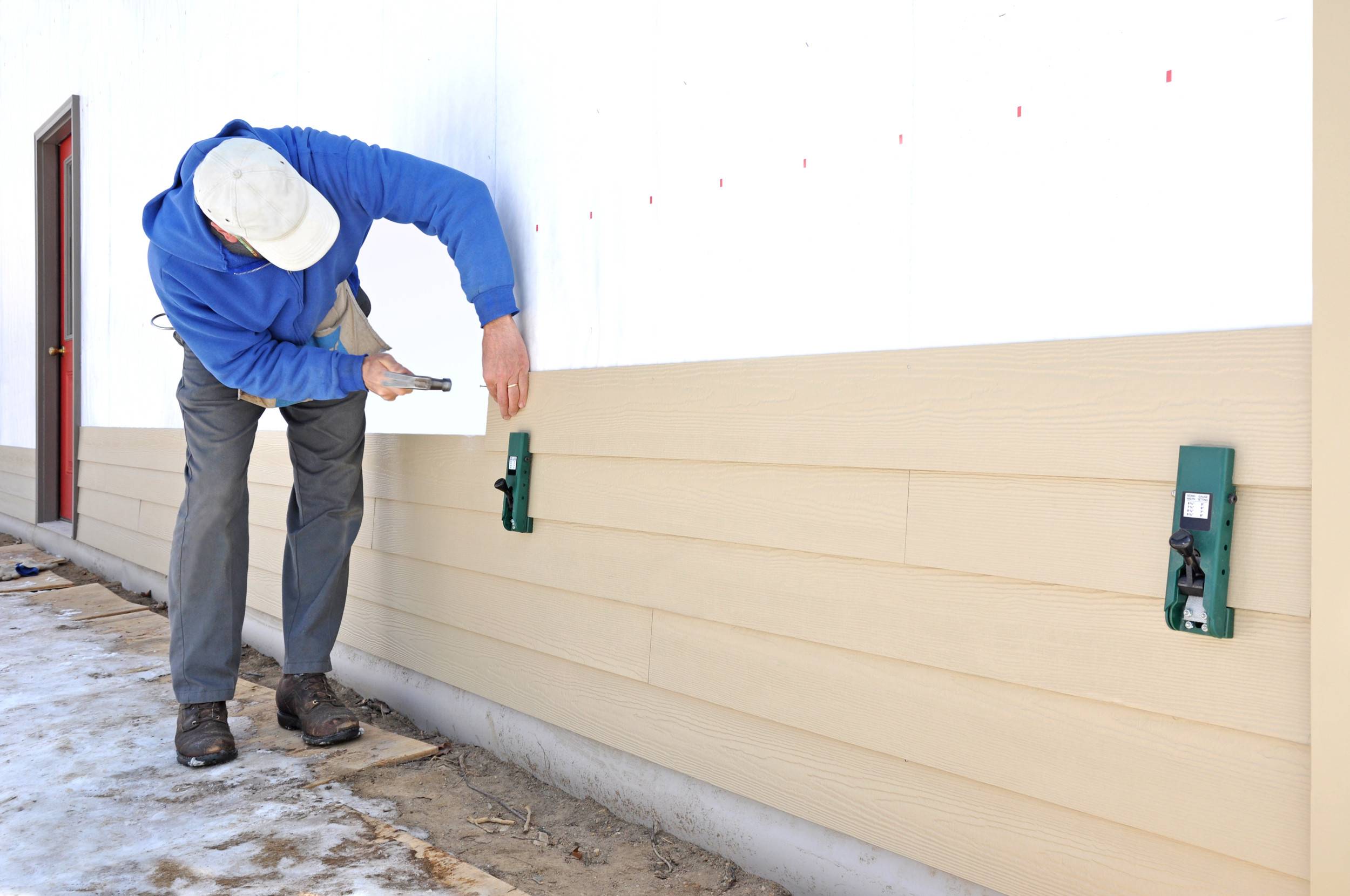
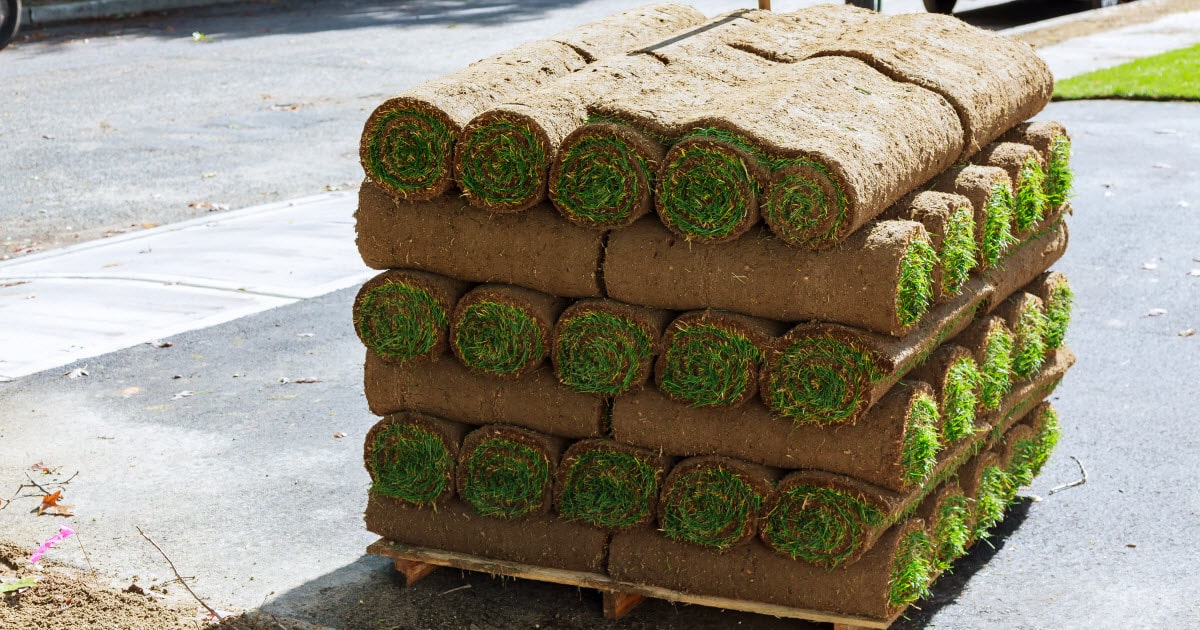
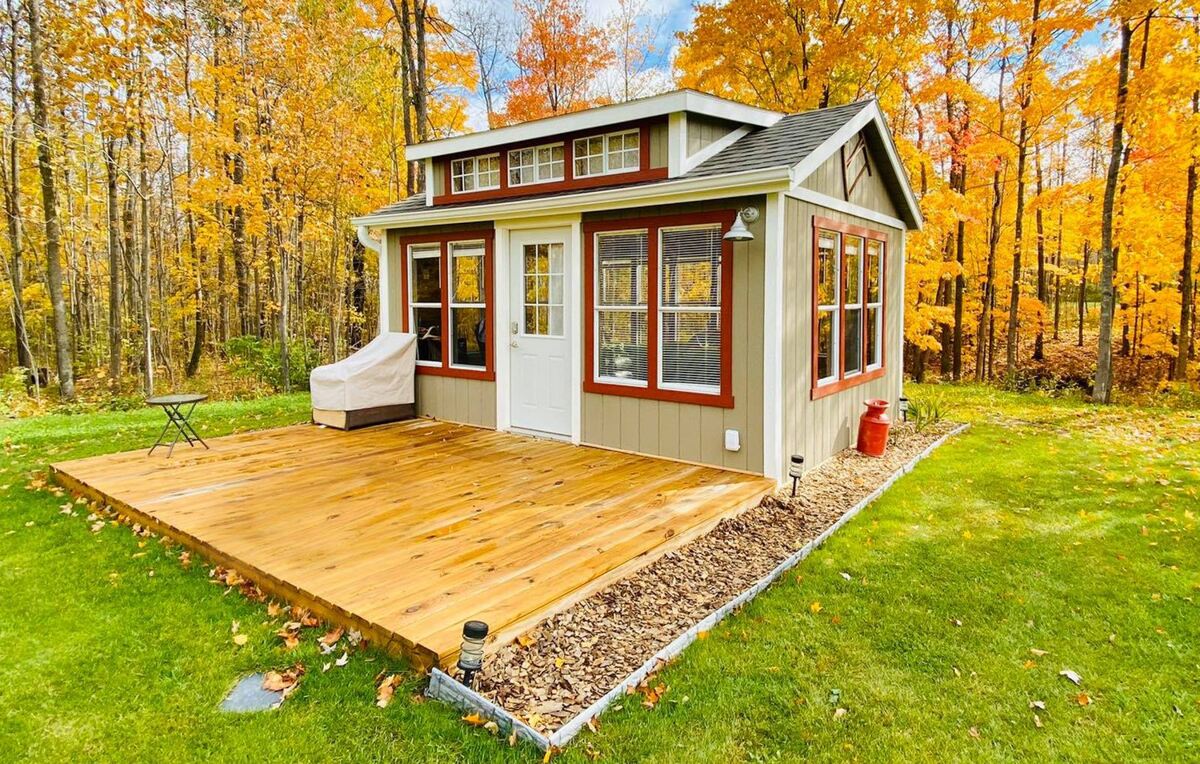
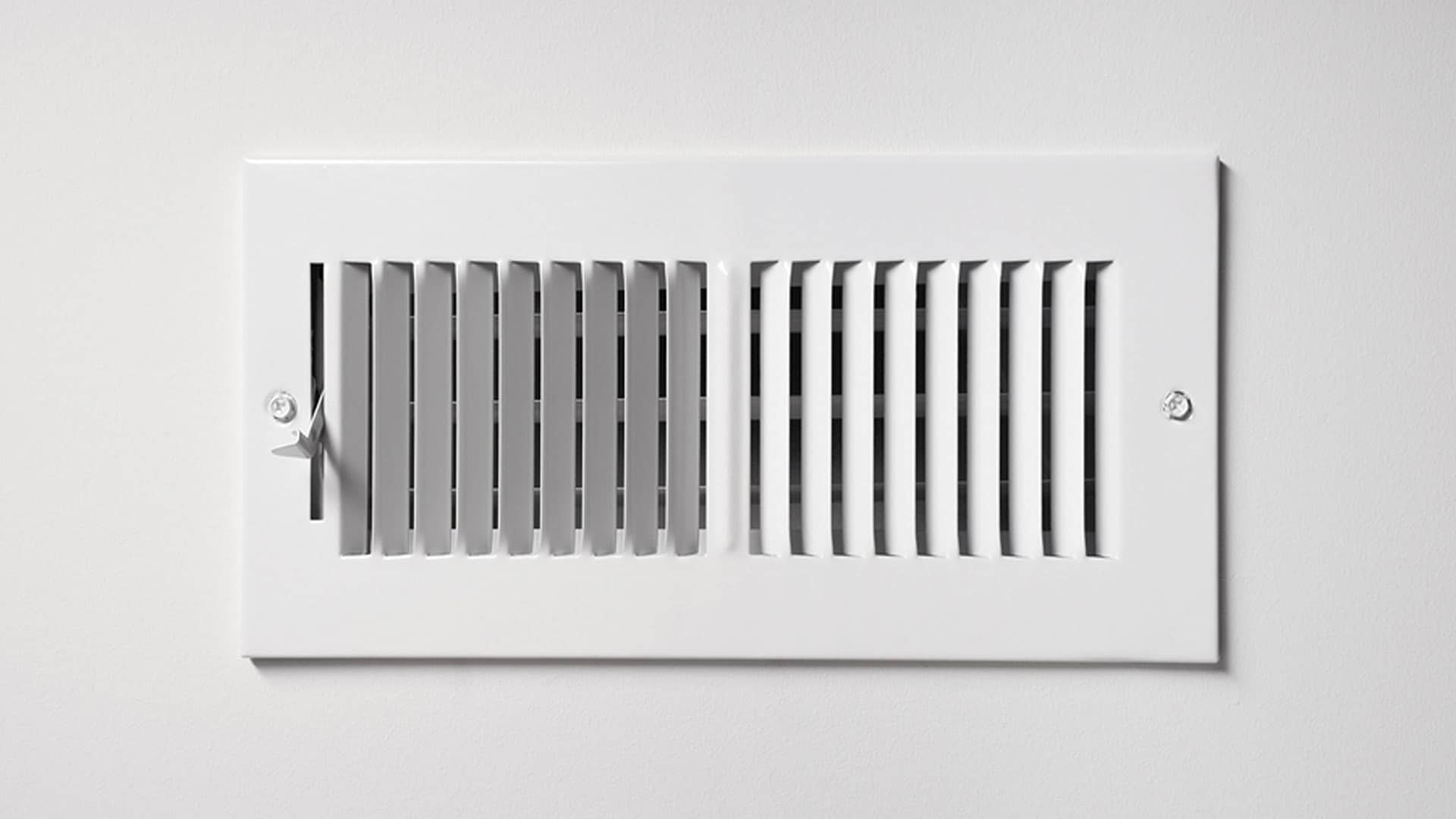

0 thoughts on “Outdoor Play Area Should Have How Many Square Feet Per Child”